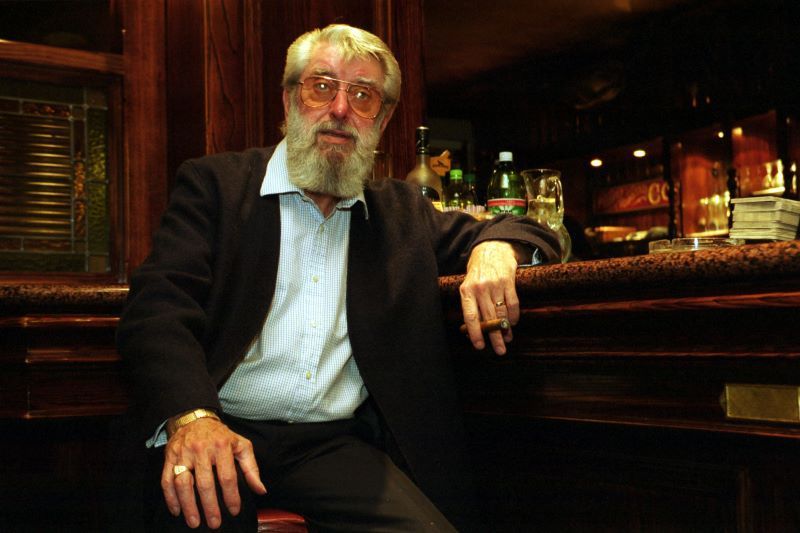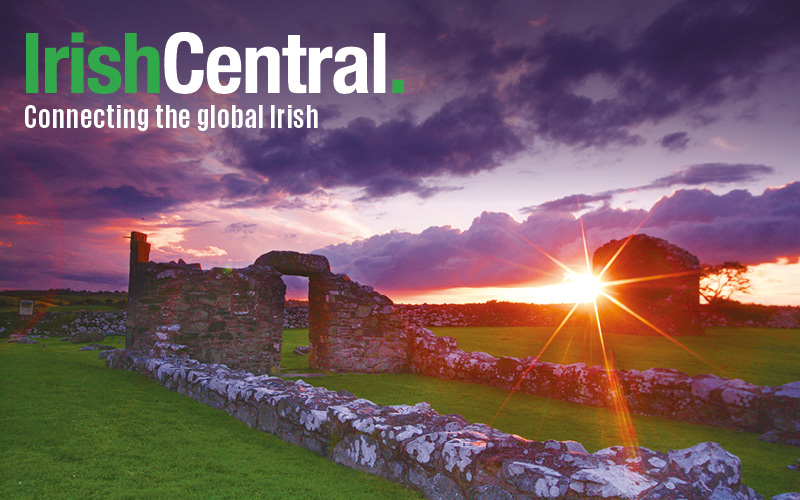Posted by Niall O'Dowd at 4/1/2009 12:08 PM EDT
This weekend will see an incredible crowd of about 6,000 Irish dancers from all over the world descend on Philadelphia for the Irish World Dance Championships.
There will also be about 12,000 spectators present, making it the largest Irish gathering in the U.S. outside the summer festivals and concerts.
Irish dancing is now a global phenomenon which will be totally evident in Philadelphia, with participants from countries in Africa, Asia, South America as well as Europe and the Americas.
This is the first time the championship has been held outside of Scotland or Ireland.
Philadelphia, one of the great Irish cities in the U.S., makes it a fitting venue for hosting an event of such importance.
Since 1994 and the advent of Riverdance, Irish dance has conquered the world, to the point where there are estimates that up to one million people worldwide are somehow involved in the phenomenon.
The revival started in an extraordinary way. A small segment of what later became Riverdance was the intermission entertainment at the Eurovision Song Contest in held in Dublin in 1994.
The segment was so popular with audience and fans alike that it was immediately extended into a full-length show. The rest became history.
Those who saw it will never forget the incredible entrance by Michael Flatley from stage left, the extraordinary moves of fellow Irish American Jean Butler and the spellbinding score of Bill Whelan, which marked the Riverdance debut.
Of course we are all aware of the incredible influence of Flatley and the Riverdance founders, Moya Doherty and John McColgan, on how the new awareness came about.
And it is being carried on by generations of Irish people of whatever ancestral vintage worldwide. Chances are if you land in any large town in America there is an Irish dancing school.
It is also a remarkable testament to a resilient art form that was once banned by the British and later shunned by the church because they felt it could lead to immoral behavior.
Irish dance existed in pre-Christian Ireland and was brought to Ireland first by the Celts around 5000 B.C. The British banned it in 1367 as they felt it led to gatherings where revolt and revolution would be discussed.
Despite those efforts to end it the dance form survived greatly, influenced by European trends and dances such as the Quadrille. Well into the 1900s, dance masters made their way all over Ireland, teaching in local classes the centuries old traditional dances.
Often those dance masters competed against each other at fairs, and sometimes to see who would get the right to teach in a particular village.
Dance was also associated with mixing of the sexes, and therefore was regarded with deep suspicion by the Catholic Church for generations.
Despite all that the form thrived and was popular all over Ireland, especially during the great Gaelic revival at the end of the 19th century.
It is remarkable that even the smallest kid today can practice the same steps that ancestors as far back as 5,000 years ago may well have danced.
For more information on this incredible event in Philadelphia go to www.worldirishdancing.com or our sister site, www.irishcentral.com. If you happen to be in the area of the Kimmell Center for the Performing Arts make sure you go along.




Comments